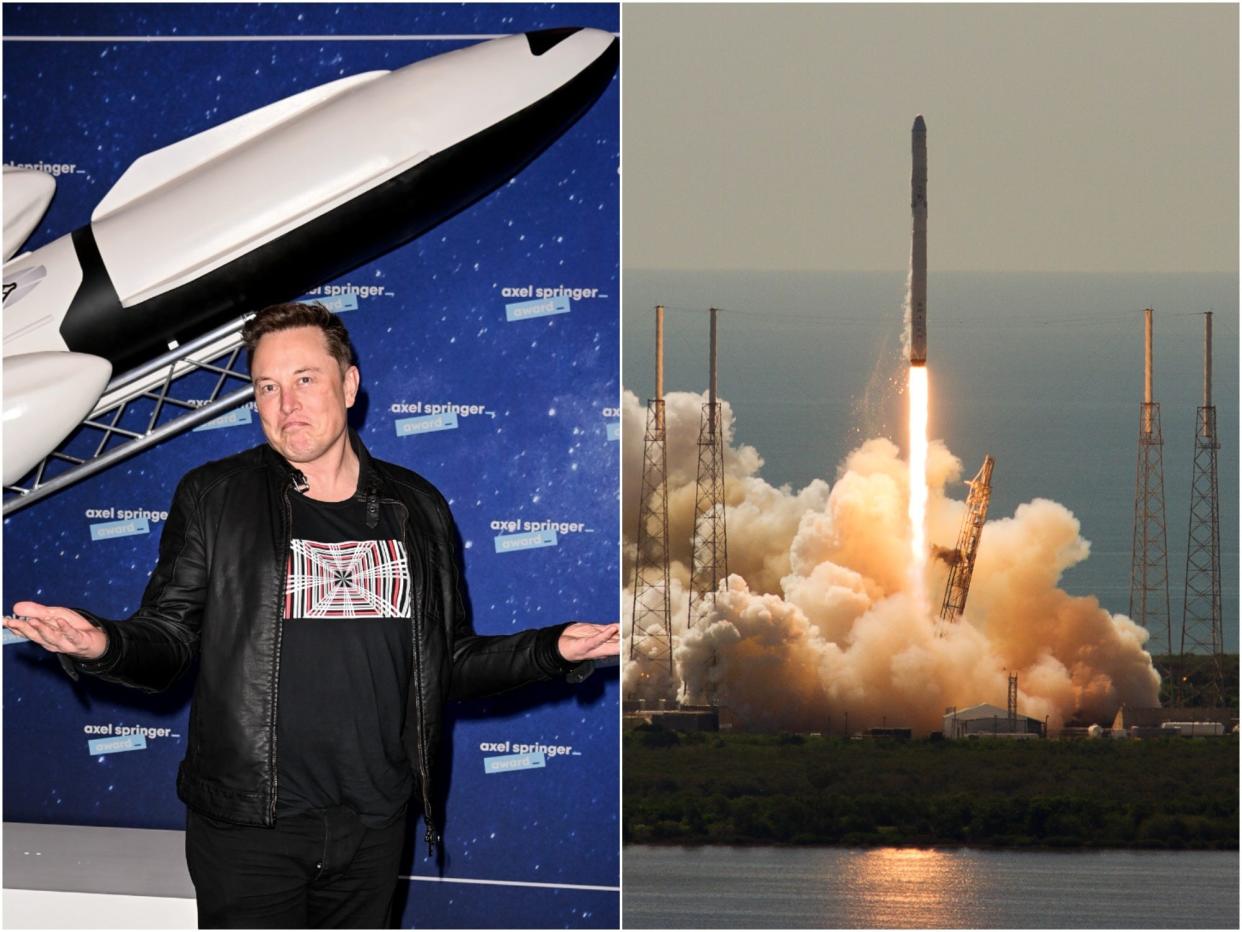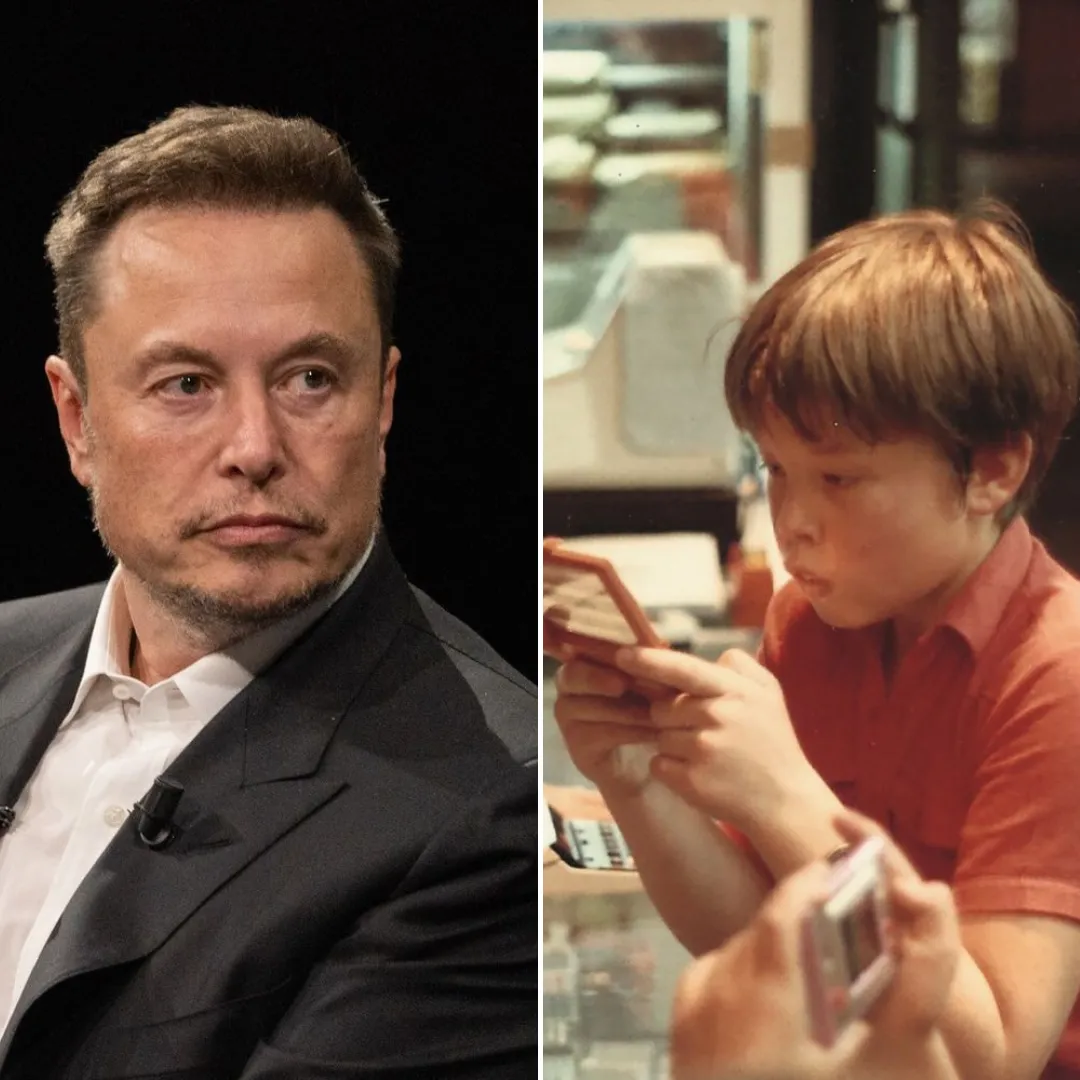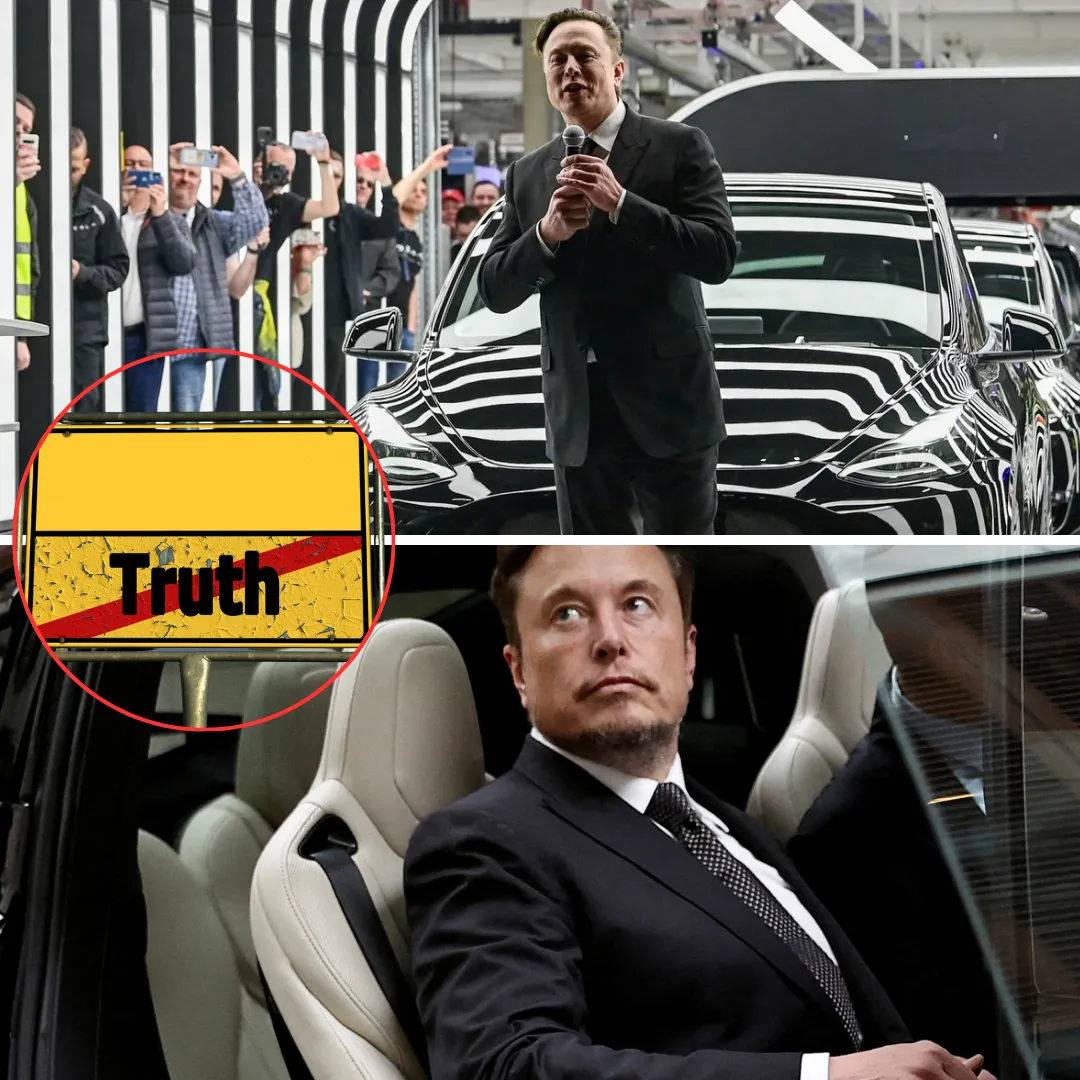
Space exploration has long been a pursuit synonymous with astronomical costs and technical challenges so immense that only nation-states could afford the expense. Before the dawn of the 21st century, sending payloads beyond Earth’s atmosphere demanded rockets that were designed for single use.
The most expensive components—massive first stages with powerful engines—were discarded after each flight, crashing into the ocean or burning up in the atmosphere. This one-time use of hardware not only inflated launch costs into the billions but limited the frequency and scale of space missions.
Elon Musk and SpaceX have revolutionized this paradigm by developing reusable rocket technology that has fundamentally rewritten the economics of space travel. Through bold innovation, relentless engineering, and a willingness to challenge decades of aerospace orthodoxy, SpaceX has driven costs down by orders of magnitude, opening the floodgates to an era of more sustainable and frequent access to space.
At the heart of SpaceX’s breakthrough is the Falcon 9 rocket, whose first stage is engineered to return safely to Earth and be refurbished for multiple flights. This reusable booster concept was not merely an incremental improvement—it represented a fundamental shift in design philosophy.
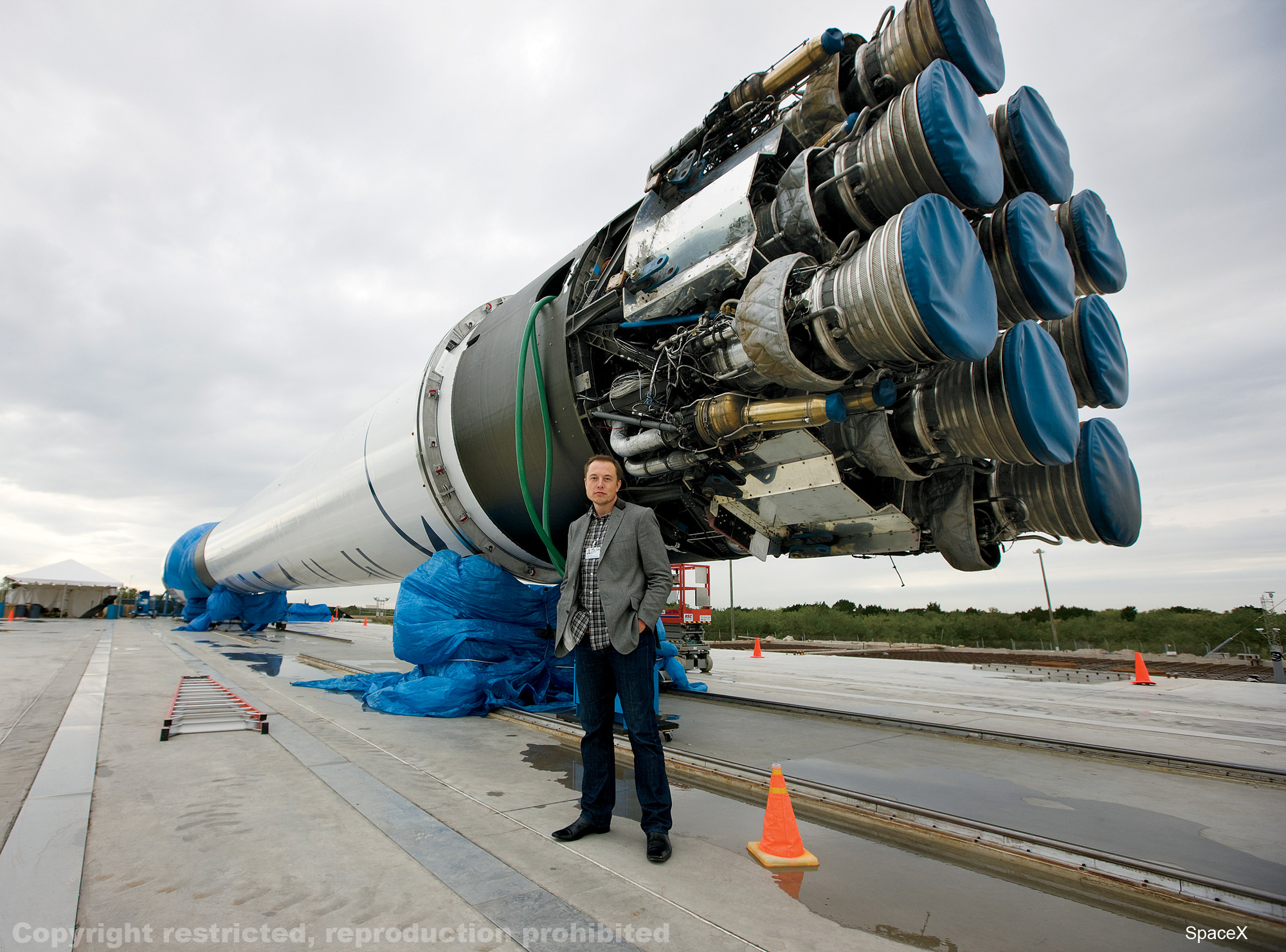
Prior to SpaceX’s efforts, rocket manufacturers and space agencies accepted the expense of throwing away hardware as an unavoidable cost. Musk’s vision challenged this assumption by insisting that rockets must fly back, land, and be reused in a reliable, cost-effective manner.
This ambition required overcoming daunting technical obstacles including precision landing, structural resilience, engine restart capabilities, and autonomous navigation.
The journey to perfecting reusable rockets was fraught with trial and error. Early tests often ended in spectacular failures, with boosters crashing into the ocean or exploding on landing pads. Yet, Musk’s team persisted, applying Silicon Valley-style rapid prototyping and iterative development to aerospace engineering—a field traditionally characterized by slow, risk-averse progress.
Over several years, SpaceX incrementally improved its landing technologies and operational procedures, turning failures into learning opportunities. The eventual success of vertical landings and booster reuse proved transformative, marking the first time in history that orbital-class rocket stages flew multiple missions.
The economic implications of this technological achievement are profound. SpaceX claims that by reusing the first stage of the Falcon 9, the cost per launch can be reduced by as much as 30 to 40 percent.
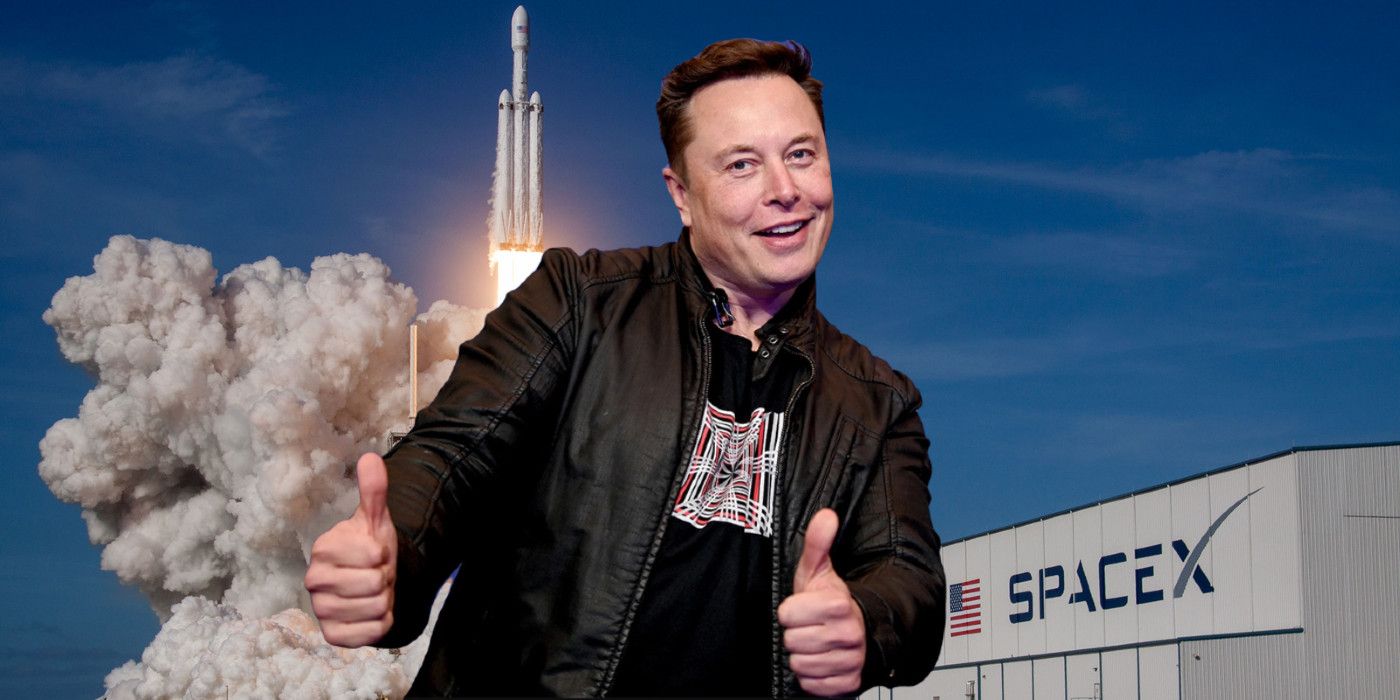
Given that the first stage comprises the bulk of the rocket’s production expense, this reduction translates into hundreds of millions of dollars saved on every flight. Where launching payloads to orbit once required budgets measured in billions, Musk’s innovation has brought the price down to tens of millions per launch.
This has democratized access to space, enabling private companies, smaller nations, and scientific institutions to consider missions that were previously cost-prohibitive.
The introduction of the Falcon Heavy further expanded the scope of reusable rocket technology. By integrating multiple reusable first-stage cores, SpaceX provided a heavy-lift capability at a fraction of traditional costs.
This capability supports ambitious projects ranging from deep space exploration to satellite megaconstellations designed to deliver global internet coverage. The economics of Falcon Heavy underscore Musk’s vision to make space more accessible and to catalyze commercial and scientific activities beyond Earth’s orbit.
SpaceX’s innovations have forced competitors and governments worldwide to rethink their own space programs. Legacy agencies like NASA have adopted reusability as a core strategy, contracting with SpaceX and other private firms to provide launch services that leverage reusable hardware.
Traditional aerospace contractors face pressure to innovate or risk obsolescence. The shift toward reusable technology also underpins broader visions of space infrastructure development, such as lunar bases and Mars colonization, where sustainability and cost-effectiveness are paramount.
Yet, the road to reusability is not without its challenges and critics. Refurbishment and turnaround of used boosters still require significant labor and costs, and reliability remains a critical focus. The balance between cost savings and operational safety is delicate, with any failure carrying high stakes both financially and reputationally.
Moreover, as launch cadence increases, logistical complexities grow. SpaceX’s ambitious goal of eventually reusing boosters rapidly and frequently—akin to commercial airline operations—requires ongoing advancements in materials science, automation, and supply chain management.

Musk’s vision extends beyond Falcon rockets. SpaceX’s Starship program aims to develop a fully reusable, super heavy-lift vehicle capable of carrying large payloads and humans to Mars and beyond.
Starship represents the next frontier of reusable space technology, with aspirations to dramatically further reduce launch costs and support sustained extraterrestrial presence. Though still in development, the progress of Starship will likely determine the long-term trajectory of commercial space economics.
In redefining spaceflight costs through reusability, Elon Musk has transformed not only the aerospace industry but also our collective ambitions for space exploration and utilization. By turning rockets from disposable machines into reusable platforms, Musk has lowered the economic barriers to space, igniting a new era of innovation, investment, and possibility. This shift heralds profound implications for science, commerce, national security, and the human future.
As SpaceX continues to push the envelope with frequent launches, reusable landings, and new vehicle development, the company’s model is setting a new standard for sustainability in space access. Where once space missions were rare, prohibitively expensive endeavors, they are rapidly becoming routine and commercially viable.
This democratization of spaceflight is poised to enable everything from satellite internet expansion and climate monitoring to interplanetary colonization. The legacy of Musk’s reusable rocket revolution will extend far beyond SpaceX’s launch pads.
By shattering the $10 billion economic barrier that once constrained access to orbit, Musk has paved the way for a future where space is within reach for a broader spectrum of humanity.
Whether the vision of millions of people living and working beyond Earth will come to fruition remains uncertain, but the foundation laid by Musk’s innovation is undeniably the most significant shift in space economics in decades.
In conclusion, Elon Musk’s relentless pursuit of reusable rocket technology has rewritten the rules of space travel economics. By dramatically lowering costs and increasing launch frequency, SpaceX has catalyzed a paradigm shift that challenges old assumptions and opens the cosmos for new possibilities.
This achievement is a testament to Musk’s vision, technical daring, and willingness to challenge entrenched norms. The economic and exploratory impacts of this breakthrough will resonate for generations, as humanity reaches further into the final frontier with rockets that fly again and again, proving that innovation can make the impossible attainable.
